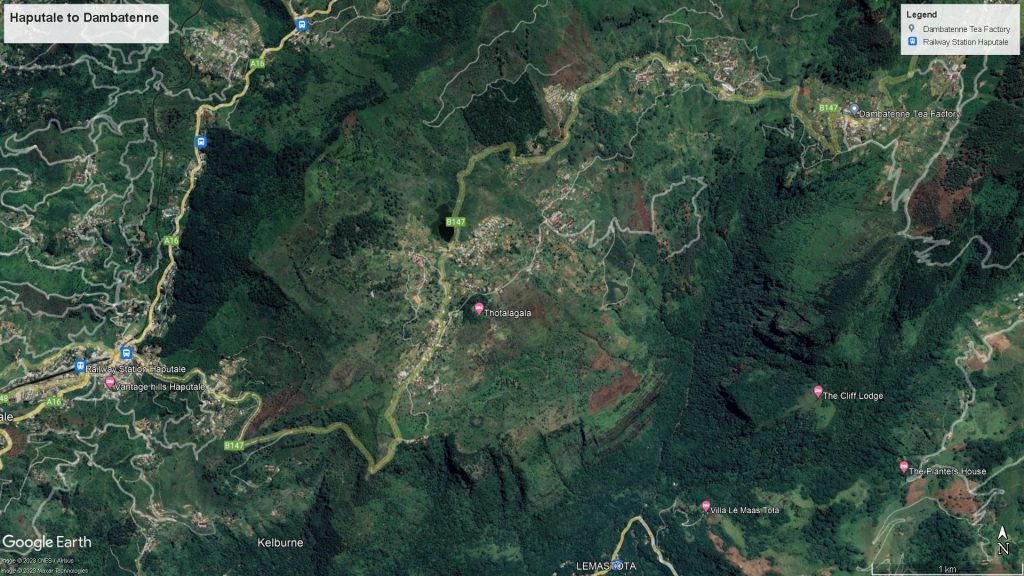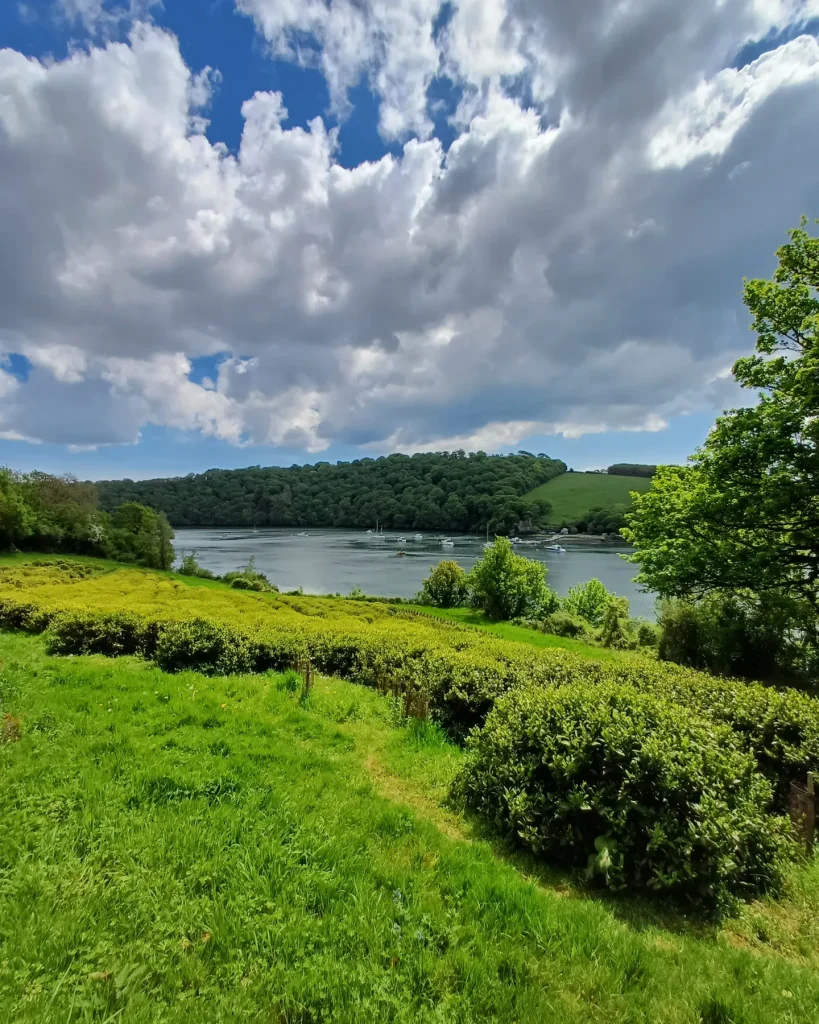(Gill Juleff).
This interview is a discussion of Nonpareil Estate, with Professor Enoka Kuduvidanage, a conservation biologist at Sabaragamuwa University, about the leopards, elephants and other animals in this landscape.

(Gill Juleff).
This interview is a discussion of Nonpareil Estate, with Professor Enoka Kuduvidanage, a conservation biologist at Sabaragamuwa University, about the leopards, elephants and other animals in this landscape.

Gill Juleff
It is the Inland Countrey therefore I chiefly intend to write of, which is yet an hidden Land even to the Dutch themselves that inhabit upon the island. … This Kingdon of Conde Uda [Kandy] is strongly fortified by Nature. For which way soever you enter into it, you must ascend vast and high mountains … The Hills are covered with Wood and great Rocks, so that it is scarce possible to get up any where’ (Knox 1681)

The central highlands of Sri Lanka were, until the arrival of the British, inhospitable and impenetrable to the outsider but providing a secure and resilient home for the Kingdom of Kandy and its inhabitants. Environments across the highlands depended on aspect, with the southwest side of the hills receiving maximum rainfall, and elevation, and ranged between tropical rain forest, montane and sub-montane forest and patana grasslands.
Gill Juleff
Anyone who has travelled through the tea plantations of the central highlands of Sri Lanka will have a favourite place, or view, or experience that lodges in their mind that, when triggered, evokes a tumble of sensory memories – a smell, the breeze, a breath-taking view and the comfort of a tamed landscape. For me, that place is Haputale and the long walk east to Dambatenne, the estate made famous by Sir Thomas Lipton and Lipton’s Tea. I first visited Haputale in 1984 as a backpacking tourist, and have returned there, whenever an opportunity can be engineered, ever since.

Cathy Turner

The Southeast wind turns South up the Fal Estuary, Cornwall, picking up moisture before depositing it on the tea fields along the river’s West coast.
It was the garden camellia that arrived first, brought to the UK on East India Company ships in the late 18th and 19th centuries, for British landowners. At first, Camellias were assumed to be delicate, and to need cultivation under glass. It was not until the mid-19th century that they were found to be able to withstand the British weather. The camellias (C. japonica) grown at the Tregothnan Estate, owned by the Boscawen family, then and now, are some of the earliest plantings in the open (there is even a maze grown from camellia bushes).
It’s a road between bigger places, not in itself remarkable. Slow and windy as it starts the first climb from the coast towards the interior highlands of Sri Lanka. Bounded by pepper and rubber, and then the first untidy tea plantations, the road navigates its way through the ribbons of ridges and valleys that lap up against the south-western escarpment of the central massif. The tea here is known as ‘low grown’ and gives a dark, bitter, astringent liquor, enjoyed sweetened and flavoured with cardamom in the Middle East and Russia. It has a significant export market, although regarded with some disdain by devotees of the traditional lighter, fragrant, ‘high grown’ teas of the highlands.
